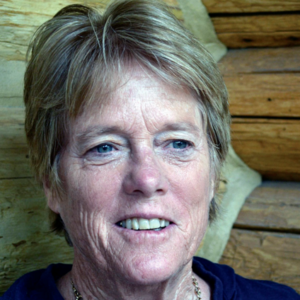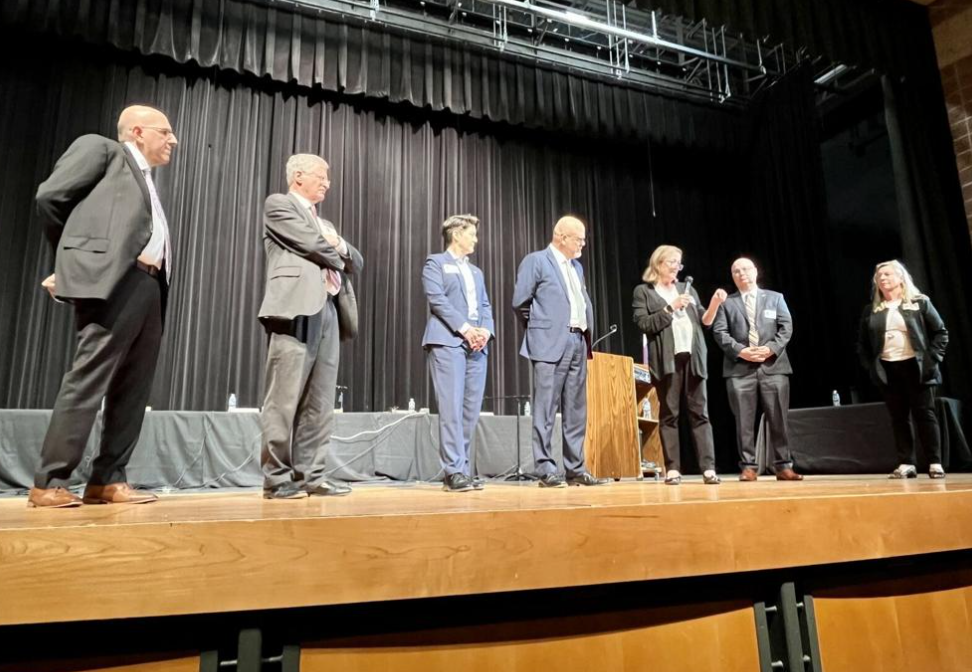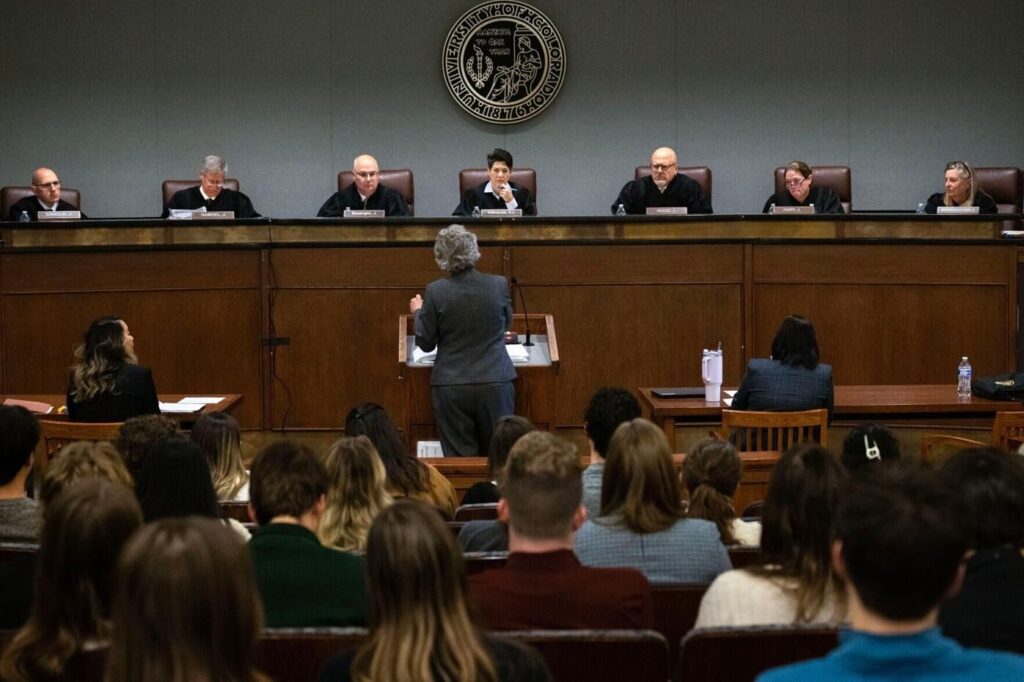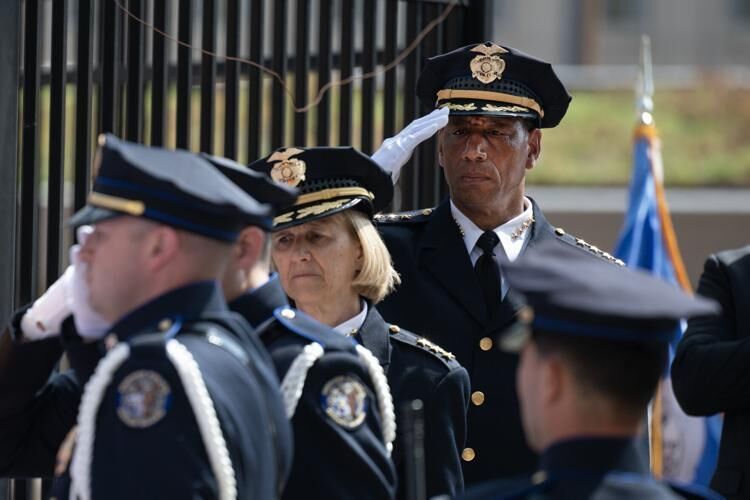Psychiatrist of Aurora theater shooter speaks out for the first time: ‘It’s impossible to spot these mass shooters in advance.’

The psychiatrist who treated James Holmes has stopped questioning whether she could have stopped the Aurora theater shooting from happening.
Dr. Lynne Fenton saw her “weirdly awkward” patient six times between March 23 and June 11, 2012.
Ten years later, she insists that mental health care cannot prevent mass shootings.
“It’s so frustrating. There’s no one single answer. It’s impossible to spot these mass shooters in advance,” Fenton said in an interview from her remote Colorado home. “In the end, the truth is there is nothing that is as potentially effective as tightening up gun safety and weapons used in these mass killings.”
She also believes that would-be shooters often write the truth in online postings and it’s up to people who read them to say something.
“If you see somebody’s post on Facebook saying, ‘I think I’m gonna shoot up the school, haha just kidding,’ we have to take those statements seriously,” Fenton said.
The Aurora theater shooter was referred to Fenton on March 19, 2012, by a social worker who begged her to clear her schedule to treat “the most anxious guy I’ve seen,” and Fenton agreed.
In their first session, the failing neurology student told Fenton that he wanted to overcome his own shortcomings by killing people.
“You have thoughts of killing people?” she asked him. She later wrote in her notes that he “seems unfazed by homicidal thoughts.”
But the patient was never specific about his plans. Fenton said getting information out of the then-24-year-old during their sessions was “like pulling teeth.” When the Ph.D. student confessed that he wanted to kill people, she asked him about specific girlfriends and teachers.
“Throughout those six times, I was attempting to get more information, asking this way and that way. How would you do it? We asked if he had any guns. He said no,” Fenton said.
Thirty-nine days after he walked out of their final therapy session, the shooter mailed Fenton a journal of his plans, booby-trapped his apartment with explosives and drove a mile or so to the movie complex carrying four guns, including an AR15, and six thousand rounds of ammunition.
It was just after midnight July 20, 2012, when he entered an exit door he had propped open earlier, stepped into theater No. 9, threw tear gas canisters and started shooting. In the darkened room, he killed 12 unsuspecting moviegoers and injured 70 others. Some of the survivors are paraplegic. Others, including victims’ families, are so mentally scarred their lives will never be whole again.
On July 19, the afternoon before one of the nation’s most horrific mass killings, Fenton’s infamous patient mailed a notebook containing detailed and often rambling plans of his “mission” to her office at the University of Colorado Medical Center. It was a confession — a deep dive into his homicidal ruminations.
Inside the journal, titled “Of Life,” were the murderer’s “Insights into The Mind of Madness,” which included page after page of stick figures, hand-drawn diagrams of the Century 16 Theater, estimated response times from the Aurora police and his theory that the more people he killed, the more points he scored to strengthen his own existence.
The notebook arrived in Fenton’s box the Monday after the shooting, two and a half days too late.
“If I had seen that notebook, I would have instantly gone to the police. That’s plenty of evidence for them to rush over to his place and detain him,” Fenton said. She didn’t see it until she was being prepared for trial.
To the defense, the journal proved the killer was insane and deserved to spend his life in prison. To the prosecution, the detailed outline presented undisputed proof that he was sane.
During closing arguments, prosecutor George Brauchler pointed to the gunman and said: “Sane, sane, sane, guilty.”
Public Defender Dan King concluded his closing argument with a plea to the jury: “Do good, be strong. Do the right thing. He’s not guilty by reason of insanity.”
On July 16, 2015, after more than 12 hours of deliberation, a jury found the Aurora theater shooter guilty of 24 counts of first-degree murder, two counts for each of the 12 victims. He was also found guilty of 140 counts of attempted murder for the 70 people who were wounded. He was sentenced to life plus 3,318 years in prison.
It took 10 years for Fenton to publicly tell the story of what it was like to spend time with the socially awkward neuroscience student who displayed “robotic” behavior. As he spiraled, he was secretly building an arsenal of firearms and bombs with a plan to kill as many people as he could in a confined space in a short amount of time.
Fenton has spent many hours second-guessing her responsibility for the massacre.
“I could not have prevented the shooting. At first when people were saying that I had blood on my hands, I thought, ‘My God, what did I miss? Was there something I could have done?’” Fenton told The Denver Gazette.
But she said a team of psychiatrists who evaluated her performance after the shooting found she did all that she could with the information she had.
A spokesman for the CU Medical School could not confirm the assessment because of the possibility of violating private employee information. Fenton still works for the university, seeing patients virtually from her remote Colorado home.
In a book Fenton co-wrote with true-crime author Kerrie Droban, she describes what it was like to be in the same room with the Aurora shooter and defends her decision to not place him on a 72-hour psychiatric hold.
As people often say about relationships, it’s complicated.
Leading up to the carnage, the Aurora theater shooter only hinted about the seriousness of his homicidal thoughts to two people: Fenton and a girlfriend, who broke up with him in February 2012.
Just talking about thoughts of killing, Fenton said, was not enough: “There have to be specific targets. If he had said something like ‘I’d like to shoot up a movie theater’ heading towards specificity I might have put him on a three-day hold.”
Back in 2012, the bar was high. Fenton’s options were limited under the provisions of a state statute that relied heavily on whether a person was an imminent danger to himself/herself or others. Senate Bill 242, a 188-page piece of legislation, defined that if this could be proven, the court could place a person in a 72-hour hold.
At the time, there was no extreme risk protection order, also known as the red flag law. If there had been, Fenton could have called police, and a judge could have found that the young doctoral student posed a credible threat of violence to others or himself and forced him to relinquish any weapons that law enforcement found in his apartment.
Although Fenton called campus police and the shooter’s mother, she could not have stopped him, said Brauchler, who prosecuted the gunman’s four-month death penalty trial.
“I don’t blame her. Anything that takes away responsibility from that monster is misguided and ill-informed,” Brauchler said.
But the widow of one of the victims felt so strongly that Jonathan Blunk’s death was Fenton’s fault, she sued the psychiatrist and the University of Colorado. On behalf of her two children, Chantel Blunk claimed that Fenton saw Holmes as a threat but didn’t do her job to follow through by placing him on a psychiatric hold.
In August 2016, after being placed on administrative hold as two other lawsuits stemming from the shooting were resolved, the case was dismissed.
In a June 1 statement, the American Psychiatric Association advocated for sensible gun legislation as a solution to recent mass shootings in Uvalde, Texas, and Buffalo, noting that inflammatory public discussion contributes to the problem.
“It is important to note that the overwhelming majority of people with mental illness are not violent and are far more likely to be victims of violent crime than perpetrators thereof,” according to the association’s statement.
In the 10 years since the Aurora massacre, Fenton has watched mass shootings continue to escalate, one more horrible than the next. She cringes when people claim that mental health treatment will curtail mass shootings. Hating people is a moral issue, she said, not a mental health issue.
“Very few of these mass shooters wouldn’t recognize if they had a mental illness and even if they did, they would not seek care,” Fenton said. “Those who do seek care are hell-bent on carrying out the shooting and so they just lie.”
Fenton admits that she hates the anxious patient who walked into her office in March 2012 and confessed his thoughts of killing people. She believes he deserved the death penalty.
“He knew right from wrong,” she said. “He knew exactly what he was doing.”
Denver Gazette reporter Julia Cardi contributed to this report.











